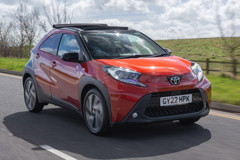Fiat 500 Review 2025
Fiat 500 At A Glance
If proof were needed of the perils car manufacturers face when balancing the requirements of ever-tightening legislation while satisfying consumer demand, look no further than the Fiat 500 Electric. Its sales levels are so flat they appear two-dimensional despite the continually growing appetite for EVs in the new car market. The solution? Install a combustion engine and call it, erm, the Fiat 500.
Stellantis’s storied Italian brand found itself in the eye of a perfect storm. It knew its original rebooted Fiat 500 couldn’t be sold beyond 2025 unless it was expensively reengineered to comply with EU laws. Anticipating demand for EVs would skyrocket before then, it devised unique, all-new underpinnings for its Mk2 new-era 500 that meant it could only be electrically powered. Which was fine, until it wasn’t.
Since its launch in 2021, the 500 Electric has been hampered by high prices, particularly if the feebly low-range 24kWh battery version’s ignored. Even the announcement of its eye-poppingly hued Abarth 500e twin two years later did little to busy the staff at Fiat’s Mirafiori factory. Making the problem worse is the imminent arrival of the Fiat Grande Panda Electric which provides much more small car for even less of your money.
In order to arrest its woeful sales figures and boost annual production at the Turinese plant by a hoped-for 100,000 units, Fiat’s taken the unprecedented step of reverse-engineering the 500 Electric to accommodate a mild hybrid-assisted 1.0-litre petrol engine and a six-speed manual gearbox, allowing it to be sold at a significantly lower price than its EV sibling.
From the outside you’ll need to be a car nerd to tell the EV version apart from the new Fiat 500 Hybrid. Yes, just like other Stellantis mild hybrids, the tailgate badge only uses the ‘H’-word in its name, marking one point of differentiation. Elsewhere you’ll need to look beneath the oversized 500 logo on its pert nose where a narrow slot’s been let in to the bumper moulding to increasing cooling airflow to its engine.
Once aboard the 500 Hybrid matters similarly remain largely as before with a 7.0-inch driver’s display screen nestled in its circular binnacle and a 10.25-inch multimedia touchscreen enabling access to a variety of functions, including wireless Android Auto and Apple CarPlay. Below that, Fiat’s modified the dashboard shape to incorporate the manual gearlever, complete with the pool ball-sized knob from before.
Available with a choice of three-door hatchback and two-door convertible bodywork, this new Fiat 500 remains a strict four-seater and won’t offer any more space for more cost-conscious clientele than the 500 Electric does. Safety features such as lane-keeping assist and autonomous emergency braking won’t be removed to reduce prices, so no scrimping there.
Many manufacturers have abandoned the small, petrol-powered city car market altogether and relied on larger electric and PHEV models at higher prices to shore-up profitability, a luxury Fiat doesn’t have. While it could theoretically tap into the Stellantis parts catalogue to produce a bigger car of its own, such large Fiats have historically sold poorly — it has to have a successful small car portfolio, with a chic option to complement the more functional Grande Panda.
Aside from that internal competition, others have been making hay while Fiat dilly-dallied — now the small, affordable car market is dominated by the Hyundai i10 and Kia Picanto cousins, while there’s a whiff of micro-SUV about the Toyota Aygo X.
With series production of the new Fiat 500 not starting until November 2025 the company is remaining tight-lipped about the car’s credentials, but we expect it’s most likely to carry over what was essentially the same mild hybrid-assisted engine from its predecessor, where it produced 70PS of power.
Details regarding trim levels and pricing are unlikely to be confirmed until early 2026 when order books open, with the first customer delivers set to begin in the spring. Our estimates are that the cheapest Fiat 500 Hybrid Hatchback will start at around £18,000, which compares with £25,035 for today’s entry-level 500 Electric.
If the price premium for the soft-top equivalent is maintained, then its likely you’ll need an extra £3000 to get behind the wheel of the least costly Fiat 500 Hybrid Convertible.
Keep this page bookmarked for further news on this important new model and to read our forthcoming full and comprehensive Fiat 500 review in the months ahead.


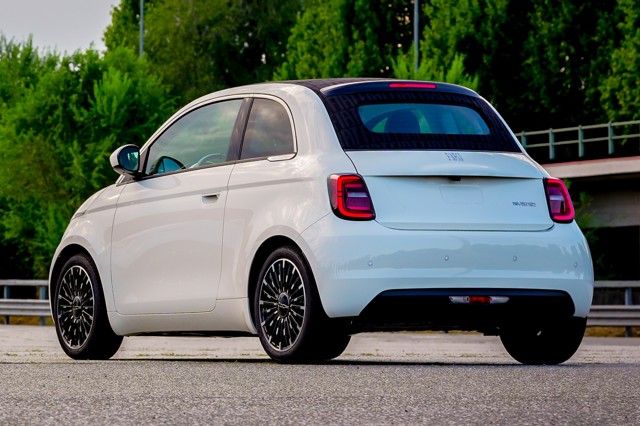
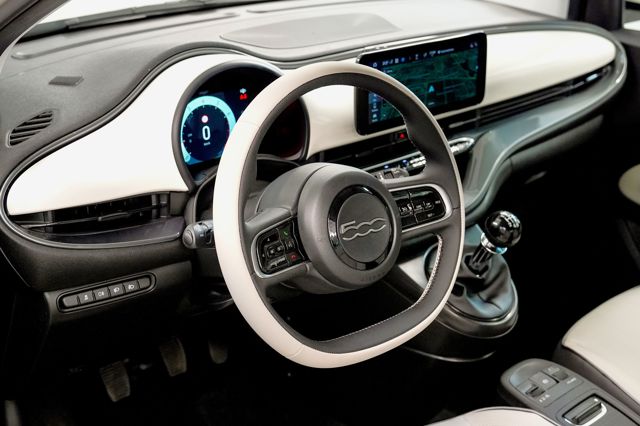
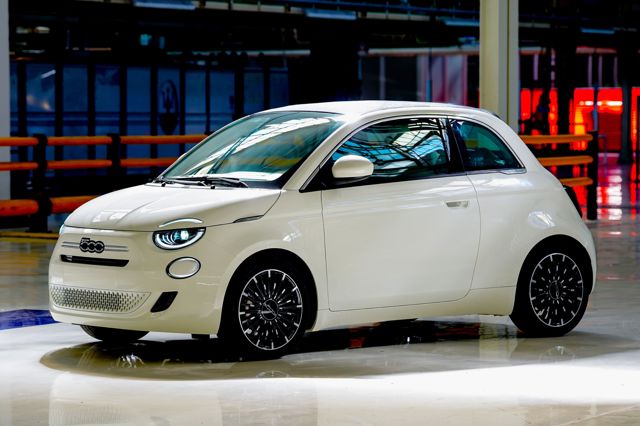
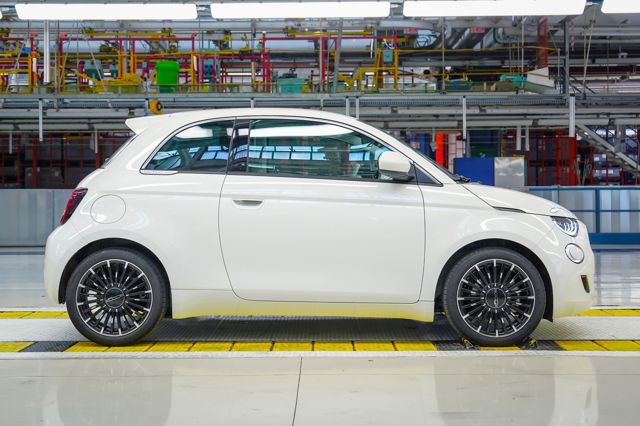
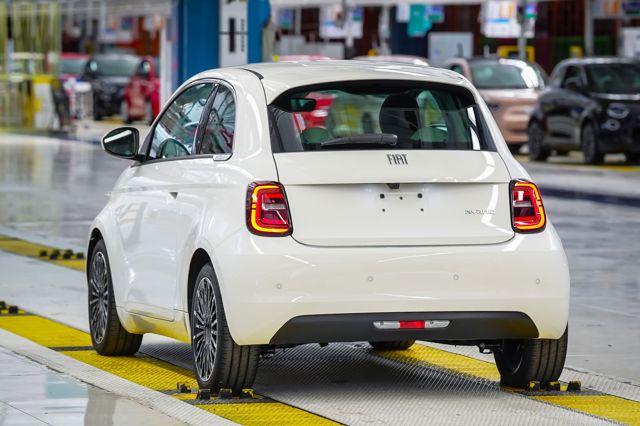

 Modern, compact city-centric car at a more reasonable price. Should be economical to run. Convertible option is unique.
Modern, compact city-centric car at a more reasonable price. Should be economical to run. Convertible option is unique.
 Interior will remain tight in the back. Lacks rivals’ five-door practicality. Could it be too little, too late?
Interior will remain tight in the back. Lacks rivals’ five-door practicality. Could it be too little, too late?



